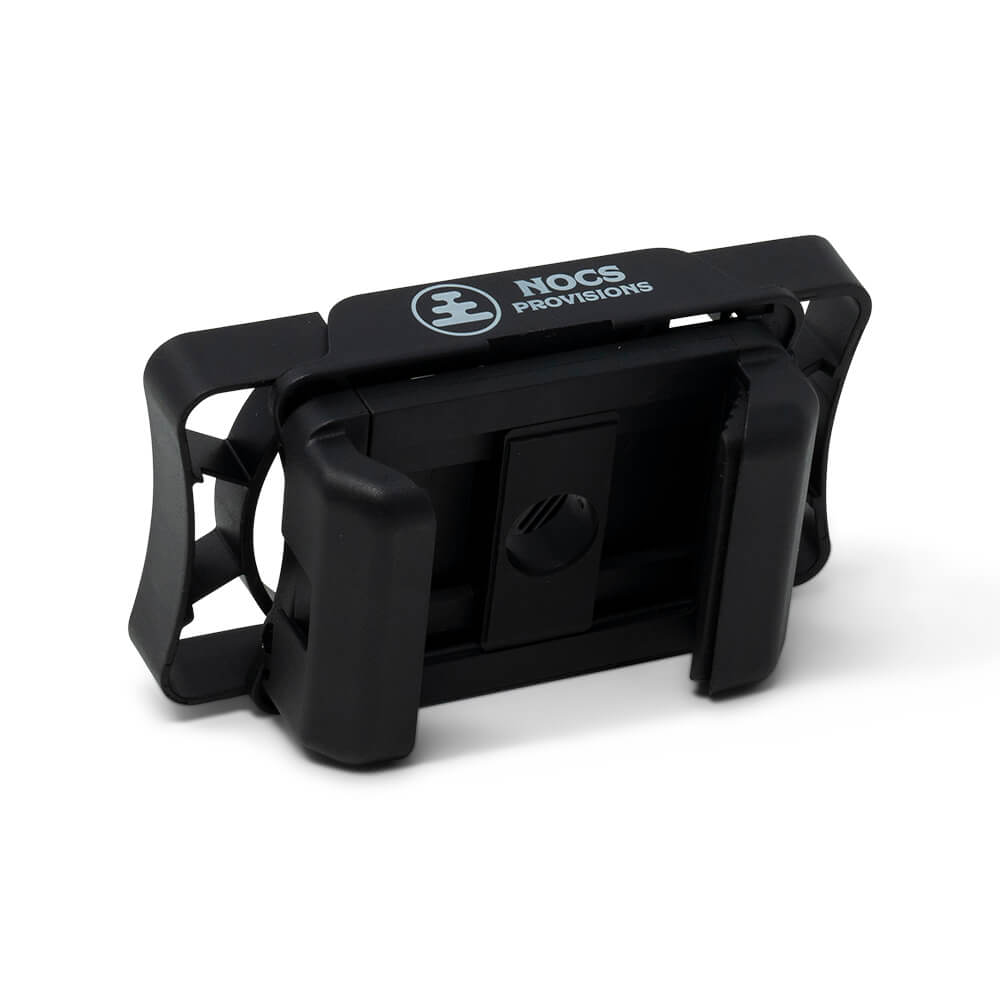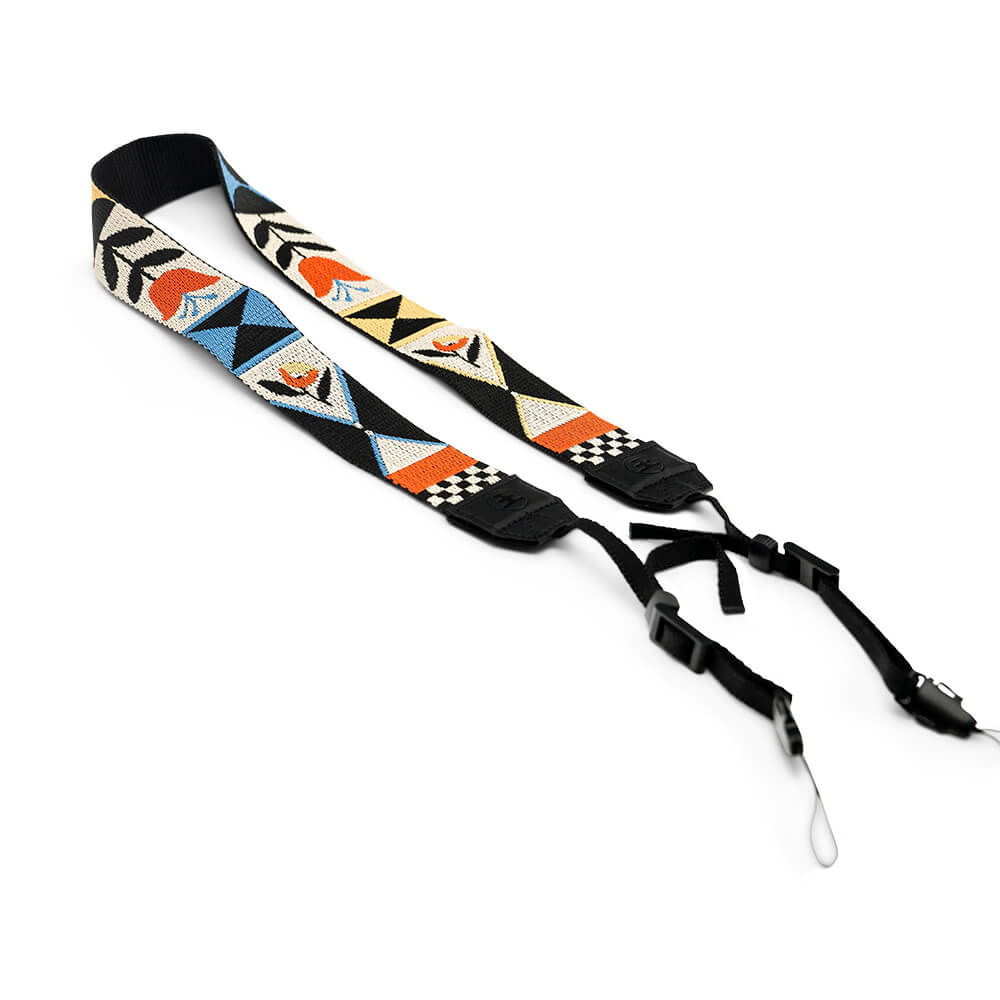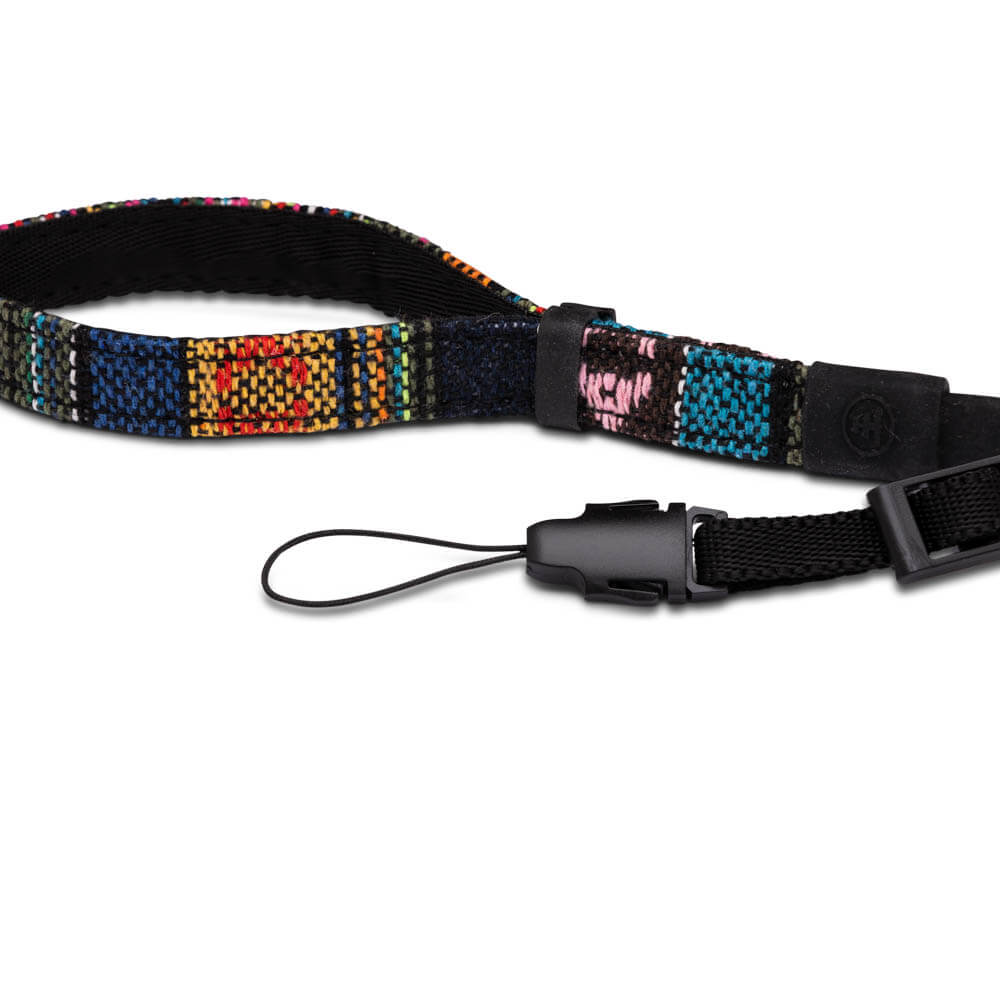We’re spotlighting Amelia — Deer Clan member of the Seneca-Cayuga Nation of Oklahoma. She stays busy as an Artist, Professor, and Founder of the UF AI Climate Justice Lab. Her primary focus: addressing the global water crisis.
Can you tell us a bit about your passions beyond “work”?
I’m at a unique moment in my life where my work, my art, and my purpose are all coalescing around teaching, inspiring and investigating climate justice and ways in which we can shape conversations around water and water data.
My passions blend together, and sometimes artwork, I make alone artwork that I collaborate with others or the stories I tell my students to help guide them on their own artistic journey.

What are your materials, and how do you think about them?
I work primarily in digital space. I’ve had a website, studioamelia.com, for over 15 years and call it my Virtual Artist Space. It really is more like a studio than it is a portfolio.
I’ve gone on the Internet Archive’s Way Back Machine and love to see the snapshots of its evolution. Software, code, neural nets, it all is material. I take photos with lenses, or sometimes everything is computer generated, but the singing is usually me and a microphone in the audio portion of my artworks.

Who's been a hero in your life?
I don’t believe in heroes; I believe in my community — the collective and the family I was born into and the family who was found along the way. I believe in the collectives who I organize with and those I socialize with; we are all working to help each other rise.

A key ingredient to building a sustainable future?
Community.
A book that shaped your life?
I have read every book Octavia E. Butler ever wrote, but my favorite is actually her Patternist series. It starts at a pre-historical human community and ends at our modern day. It is a pretty special look at science fiction and oral storytelling.

What Artist has influenced your work?
I am very inspired by the work of Lee Lozano and her ephemeral works around disappearance and the construct of money.
Most sublime moment in nature?
I love to swim with alligators and manatees in the Silver Springs here in the Swamp.
What do you do when you get out and away from the office/lab/kitchen?
I swim in the natural springs, go for a walk in the swamp, or float in a tube down the river. I love water, it is so healing, and it is the most important thing for me for my work and inspiration. I want to be water, build a movement to better the planet like water, protect water and create new pathways to center the importance of water in our everyday lives.

What other brands do you love?
Telfar - they built a brand and a movement from their community. The founder Telfar Clemens says his bags will always cost the price you would make DJing a friend’s art show or dance night at your local spot. The idea is ‘it’s not for you, it’s for everyone.
I think understanding fashion and objects we use in our everyday life, like binoculars, can be stylish and be priced based on what your community can afford. Telfar is the first time I’ve seen a type of very exclusive and coveted fashion item that didn’t need to be expensive in order to fulfill an expressive desire for beauty.
I think the second object like this I encountered is the NOCs binoculars. These are also priced incredibly affordable for those getting into the binocular space, which by the way, is everyone right now, and making a statement that they can be beautiful, stylish, expressive like flowers and the birds we are looking at. And you could buy a pair easily from the money you got DJing your friend’s dance party.

A personal style?
I like to dress like a sculptor in the 1960s who is still hanging out in their studio clothes (and also may drop by for the opening of a friend’s show in Chelsea a little later). I used to see these older art folks at art shows in Chelsea open studio days in my youth and thought they still looked fly. Bringing their simple style back.
Comfortable Jeans, a Chamois work shirt that is ironed, Plain baseball hat, cowboy boots or socks with sandals. Maybe if I’m going to make a statement, I’ll have some stupid rave shoes on because I came up as an artist in the 90s and old habits die hard. Always wearing beaded earrings friends or family made for bling. And yeah, rolled sleeves to show off the tats.
My desire for vintage is from a sustainable mindset, I love old clothes, and I would always rather recycle than buy new. But brands that seek to address the climate crisis are looking at the entire pipeline as a way to make change, not just throwing around expensive greenwashing.
I love Nocs because they have a price point most people can understand for an item that helps them have fun and enjoy nature. It doesn’t really matter how virtuous your project is if everyone is priced out of it. If it can’t include the most vulnerable members, if it has nothing to offer those in need of healing, if it is inaccessible to the poor— then it’s not an actual path forward.

Could you tell us about the projects you are currently working on?
I have a few art shows and projects coming up. But what I’m most passionate about is a project called: Talk to Me About Water (https://talktomeaboutwater.com), where a group of artists, data scientists and water scientists are working together to create new ways to center water in all of our everyday lives and help tell climate future stories in ways that center water.

What have been your biggest challenges?
Water is a huge, monumental, fundamental amazing thing. Because of that, most people, when I strike up a conversation about water, will first tell me they do not know a lot about a particular part of the water story.
Even water scientists are humble on this. We all are learning, and not one of us knows precisely how the climate crisis will pan out in our near future, but we all know water will be the center of that story. So I think it is important to bridge the gap between water scientists and the general population, so we can begin to tell water stories and address the global water crisis.
It is said that “The future is here; it’s just not evenly distributed.” It’s the same way with the water crisis— it will be a crisis for all of us one day, but currently, those shouldering the most of this burden are the global Indigenous, the water protectors seeking to stop extraction and pollution of their ecosystems. It feels far away now, but their water is our water or will be soon.
If we don’t listen to them, it’s like we’re ignoring a message from the future. Part of Talk to me About Water is also bridging that gap for those who are experiencing the water crisis more acutely to hear from them, unfiltered.



